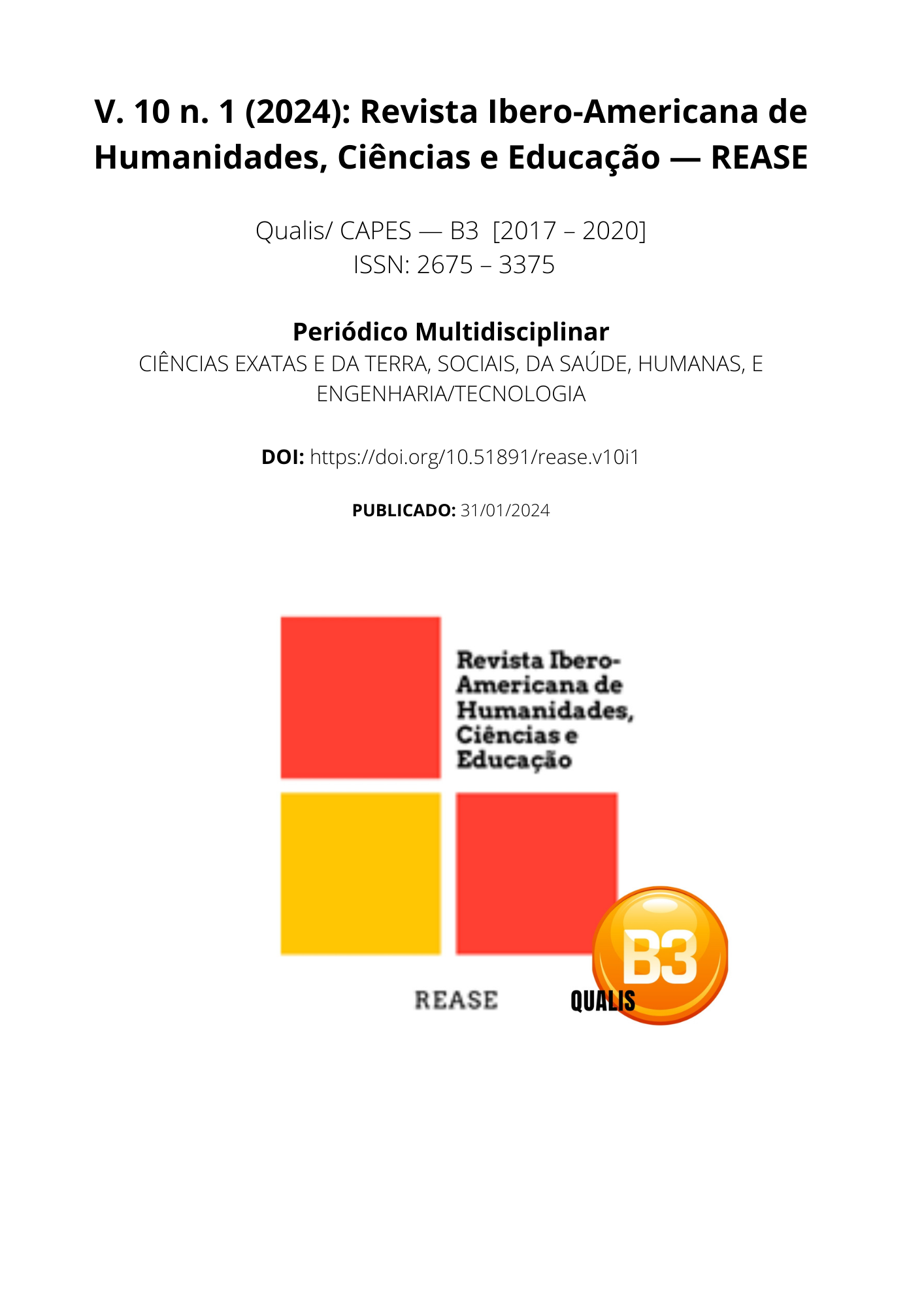SUDDEN CHILD DEATH SYNDROME: A PREVALENCE STUDY IN BRAZILIAN REGIONS FROM 2015 TO 2020, ASSOCIATION WITH RISK FACTORS AND PREVENTION WAYS
DOI:
https://doi.org/10.51891/rease.v10i1.12886Keywords:
Sudden Infant Death Syndrome. Prevalence. Risk factors. Prevention. Brazil.Abstract
Sudden Infant Death Syndrome (SIDS) is a tragic event that occurs in children under one year old, with no prior signs of pathology, resulting in death without clear causes after medical investigation. This study addresses the lack of knowledge about the prevalence of SIDS in Brazil, highlighting deficiencies in diagnosis and reporting that hinder educational and preventive measures. The article proposes to investigate SIDS deaths in Brazil from 2015 to 2020, analyzing the five demographic regions and associating them with risk factors. The literature emphasizes the importance of understanding risk factors such as sleep position, prematurity, and maternal age and education to guide prevention policies. The etiology of SIDS remains uncertain, with studies suggesting genetic and immunologic factors. Diagnosis relies on the exclusion of other causes, making adequate infrastructure essential. Brazil faces challenges in data collection, impacting the effective implementation of preventive strategies.
Downloads
Downloads
Published
How to Cite
Issue
Section
Categories
License
Atribuição CC BY

